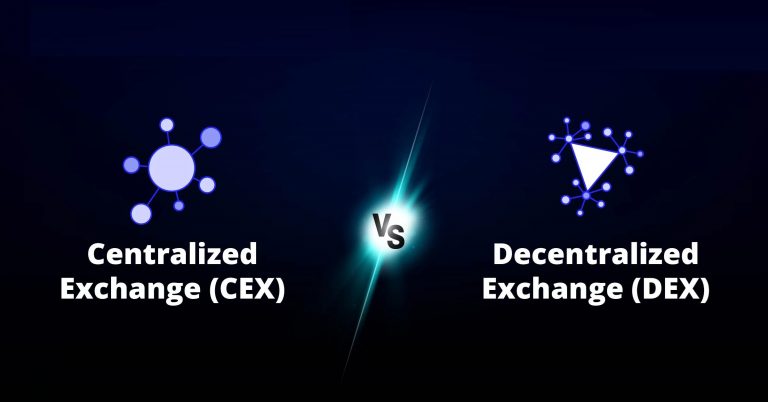
The decentralized exchange (DEX) to centralized exchange (CEX) volume ratio recently hit a new all-time high, with posts on X indicating it surged past 30% in early June 2025, a significant jump from the 20% reported in January 2025. This spike reflects growing on-chain activity, driven by improved DEX infrastructure and user preference for privacy and self-custody. Notably, Solana’s DEX volume has been a key driver, with weekly volumes reaching over $56 billion in January 2025, largely fueled by meme coin trading (90-92% of volume), though this raises sustainability concerns.
Uniswap remains the leading DEX, with $106 billion in monthly volume in December 2024, followed by PancakeSwap and Raydium. Meanwhile, CEX spot volumes have declined, dropping to just above $1 trillion in May 2025. The shift toward DEXs is attributed to better liquidity, user experience, and regulatory pressures on CEXs. The all-time high DEX-to-CEX volume ratio, surpassing 30% in June 2025, signals a shift in crypto trading dynamics with significant implications and a deepening divide between decentralized and centralized platforms.
User Preference for Decentralization: The surge in DEX volume reflects growing trust in self-custody, privacy, and non-custodial trading, driven by improved DEX user experience, lower fees, and robust liquidity. Platforms like Uniswap and Solana-based DEXs (e.g., Raydium) benefit from this trend. Stricter global regulations, including KYC/AML requirements, are pushing users to DEXs, which offer anonymity and fewer compliance hurdles. This could challenge CEX dominance long-term.
Register for Tekedia Mini-MBA edition 19 (Feb 9 – May 2, 2026): big discounts for early bird.
Tekedia AI in Business Masterclass opens registrations.
Join Tekedia Capital Syndicate and co-invest in great global startups.
Register for Tekedia AI Lab: From Technical Design to Deployment (next edition begins Jan 24 2026).
Market Resilience: Higher DEX volumes indicate a maturing DeFi ecosystem, with on-chain trading proving resilient despite volatility. However, heavy reliance on speculative assets like meme coins (90%+ of Solana’s DEX volume) raises concerns about sustainability.
Innovation and Competition: DEXs are innovating faster with AMM models, cross-chain interoperability, and layer-2 scaling, pressuring CEXs to adapt or risk losing market share. CEXs may counter with hybrid models or DeFi integrations.
Liquidity Fragmentation: Increased DEX activity could fragment liquidity across chains, complicating price discovery and increasing slippage risks, though aggregators like 1inch mitigate this.
DEXs align with crypto’s ethos of decentralization, empowering users with control over funds. CEXs prioritize convenience, speed, and fiat on-ramps, appealing to institutional and novice traders but sacrificing autonomy. DEXs attract tech-savvy, privacy-conscious traders and DeFi enthusiasts. CEXs cater to beginners, high-frequency traders, and those needing fiat gateways or advanced tools like margin trading.
DEXs on Solana, Arbitrum, and Base offer low-cost, high-speed trades, but CEXs still dominate in order book depth and cross-asset trading. Solana’s $56 billion weekly DEX volume in January 2025 highlights its edge, yet CEXs handled $1 trillion in spot trades in May 2025. CEXs face scrutiny from regulators, risking shutdowns or restrictions (e.g., Binance’s past bans). DEXs, being protocol-based, are harder to regulate but may face indirect pressure via stablecoin or wallet restrictions.
DEXs distribute value via governance tokens and fees to liquidity providers, fostering community ownership. CEXs retain profits, creating tension with users over transparency and fairness. The divide is widening as DEXs erode CEX market share, but CEXs remain entrenched due to institutional adoption and fiat infrastructure. The ratio’s rise suggests a tipping point where user priorities—freedom versus convenience—will shape the future of crypto trading.



